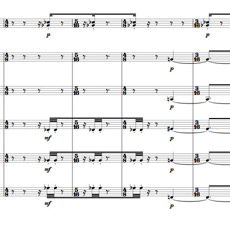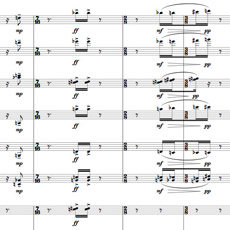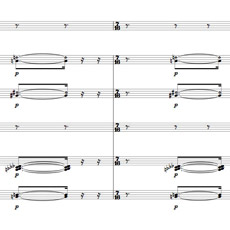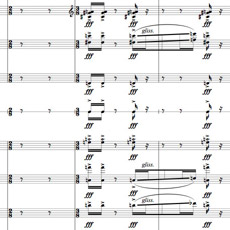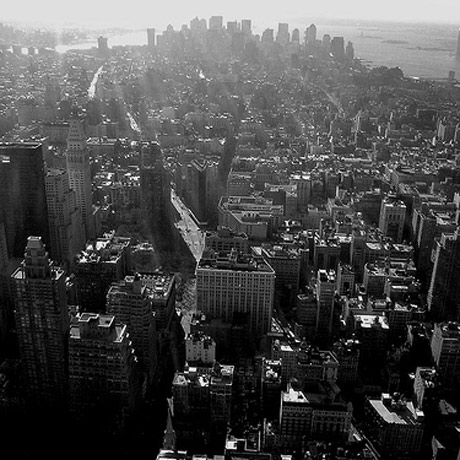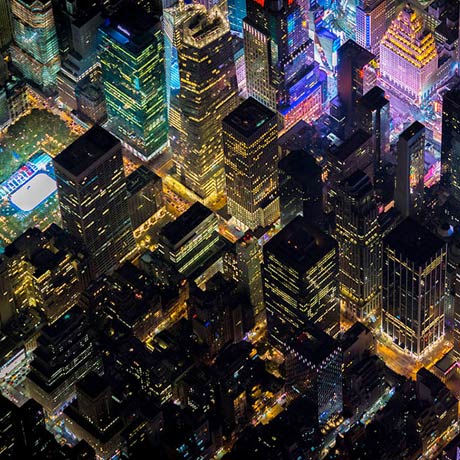Times Square Dance
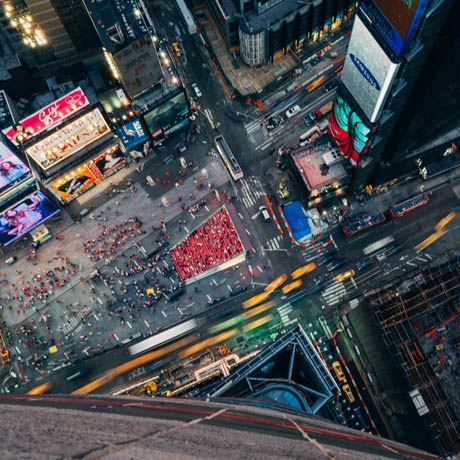
for 2 identical orchestras (1996-98)
10 minutes | no.21
Times Square Dance is the second part of Uptown|Downtown, an urban panorama in six movements, which is thought of as an evening-long dance production about city life in Manhattan.
The symphony orchestra for Times Square Dance is divided into two identical chamber orchestras of 43 musicians each. With the stereophonic setup of the two orchestral forces in mind, one might perhaps expect an abundant use of hoqueting gestures. And although there are a lot of chords jumping from one orchestra to the other, hoquet is not the main element of the piece.
So what is the main element, what is the piece about? Perhaps it is better to rephrase the question: what is the piece not about? To give an example: the listener will look in vain for sheer melodic material. The only thing that we hear are chords: short chords, shorter chords, soft chords, loud chords, even louder ones, low chords, high chords, connecting chords, chords without connection, etcetera.
Additionally, each of the two orchestras plays in rhythmic unison, there is no sign of polyphony, nor a dramatic form. The work is a sequence of thirteen parts that follow one another without a break. Repetition is a key element, or rather: "crippled" repetition. Times Square Dance starts off in a relatively high tempo. Soon the first repetition occurs, but the tempo of the repeated section is less fast. The piece continues in this new tempo until another section is repeated. This time the repeated music jumps back to the former faster tempo, etc.
At the end of the piece a quotation rushes by. It fits so neatly in the idiom of Times Square Dance that it might be easily overlooked.
Scoring
orchestra I: 2(II=picc).2.2(bcl).2-3.2.2.1-perc(2)-str(6.6.5.4.4)
orchestra II: idem
Commissioned by & written for
Royal Concertgebouw Orchestra (Amsterdam, Netherlands)
Dedicated to
James Rolfe
Première
4 June 1999
Concertgebouw, Amsterdam (Netherlands)
Royal Concertgebouw Orchestra
David Robertson (conductor)
studio recording
8 February 2001
Maida Vale Studios
BBC Symphony Orchestra
Nicholas Kok (conductor)
Award
Matthijs Vermeulen Prize 2000
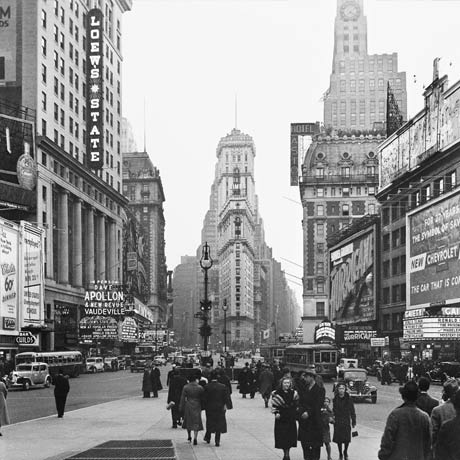
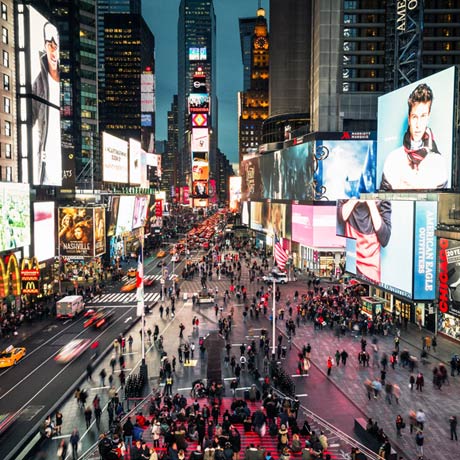
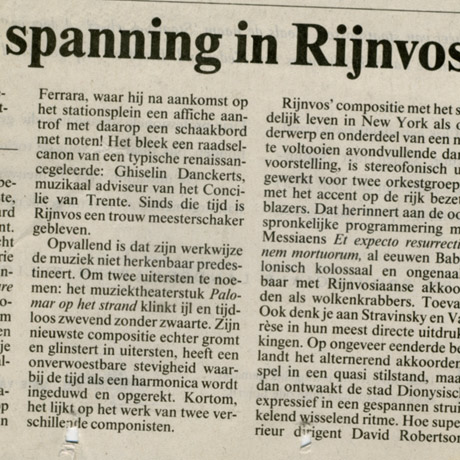
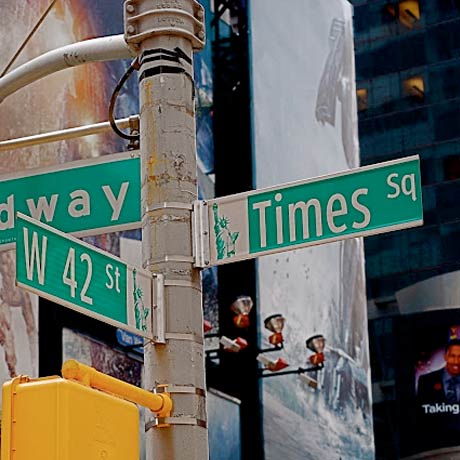
Press
[...] Quite frequently Rijnvos's chords - sometimes just two notes and soft, sometimes enormous pillars of sound - are of a staggering beauty, demonstrating he knows how to write for orchestra. [...]
Erik Voermans, Het Parool, 7 June 1999
[...] His latest composition growls and sparkles in extremes, has an indestructible solidity, in which time is being compressed and expanded like an accordeon. [...] What Rijnvos in the end manages to accomplish is an iron tension. [...]
Ernst Vermeulen, NRC Handelsblad, 8 June 1999
[...] Times Square Dance is an strange, yet fascinating piece, with its intangible locomotion, and its constant alternation of miraculous sonic mixtures, that reach from very loud, massive blocks of chords to tenuous, stammering combinations of flutes and harmonics. [...]
Frits van der Waa, De Volkskrant, 7 June 1999
Audio fragments
Performance
BBC Symphony Orchestra
Nicholas Kok - conductor
recording
8 February 2001,
Maida Vale Studios, London (UK)
by BBC Radio 3 (reproduced with permission)
Times Square Dance
excerpt 1
Times Square Dance
excerpt 2
Times Square Dance
excerpt 3
